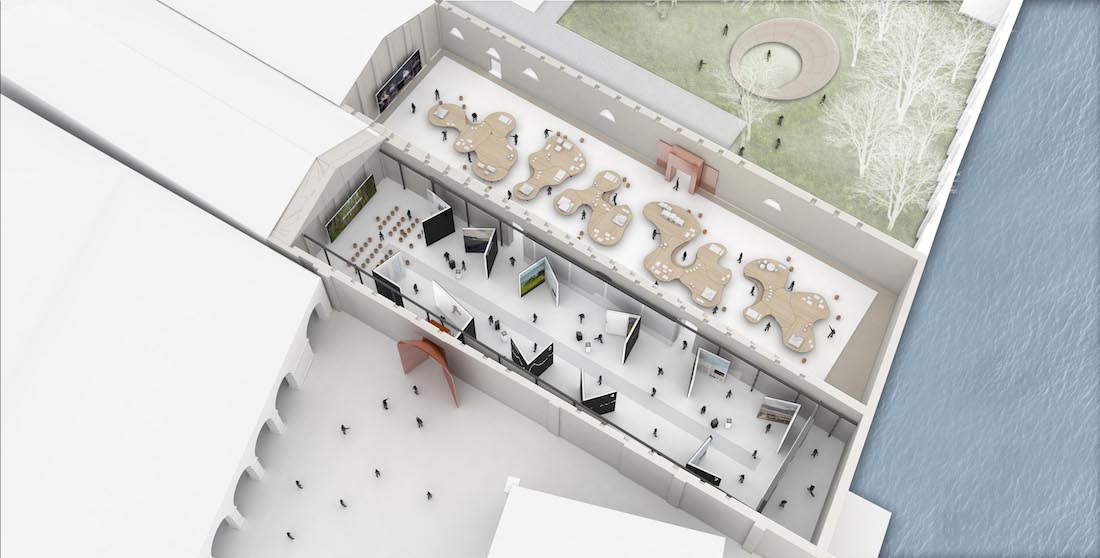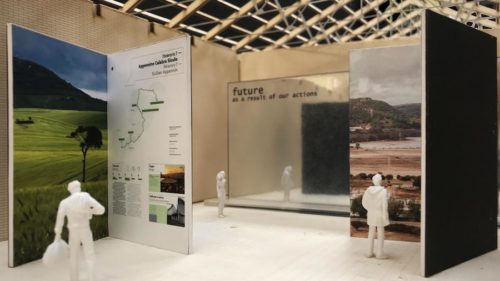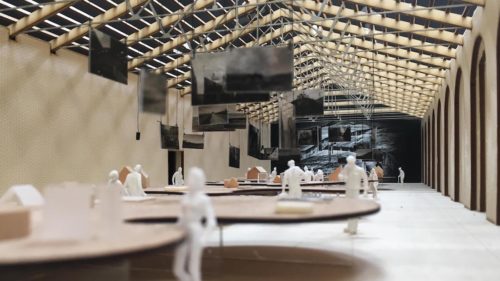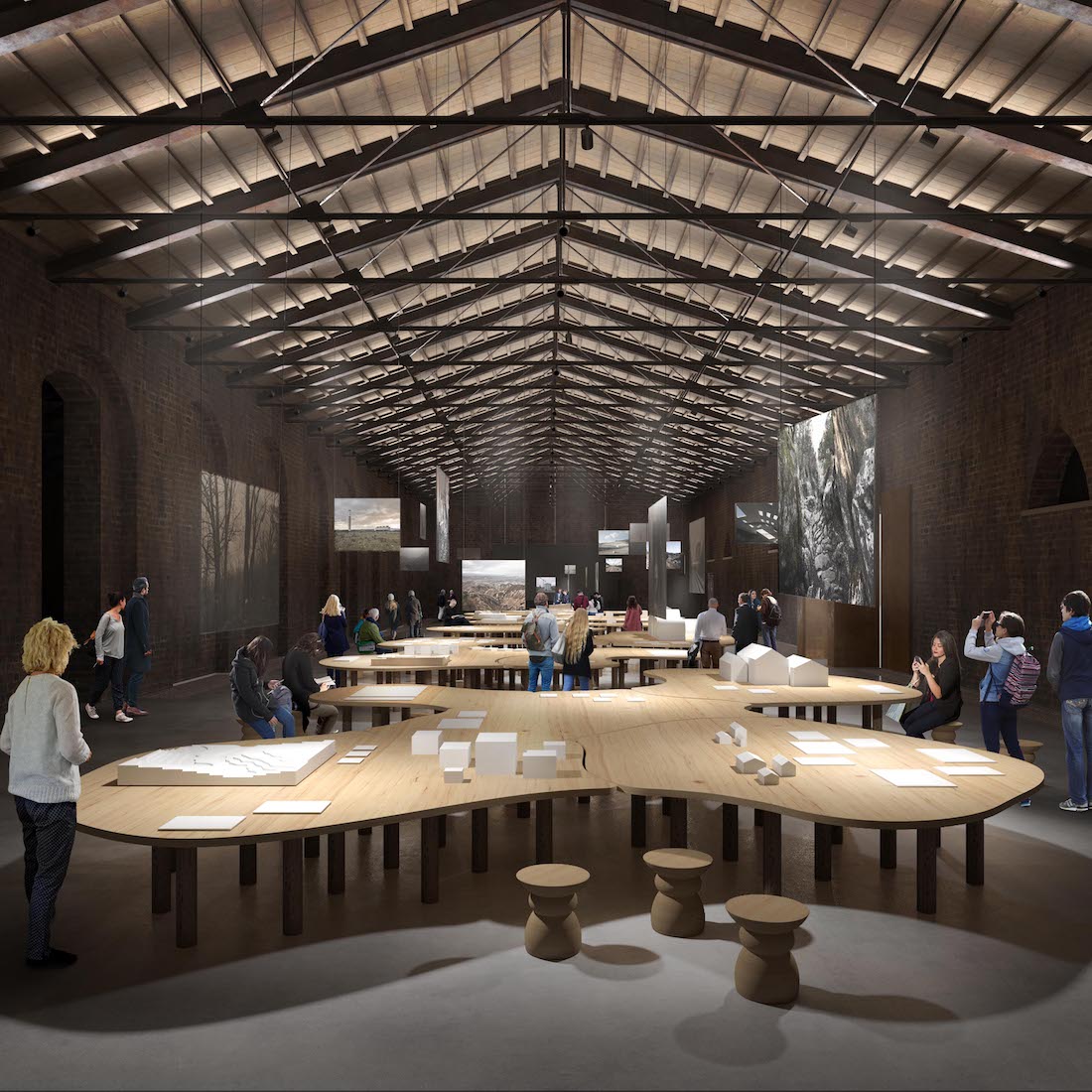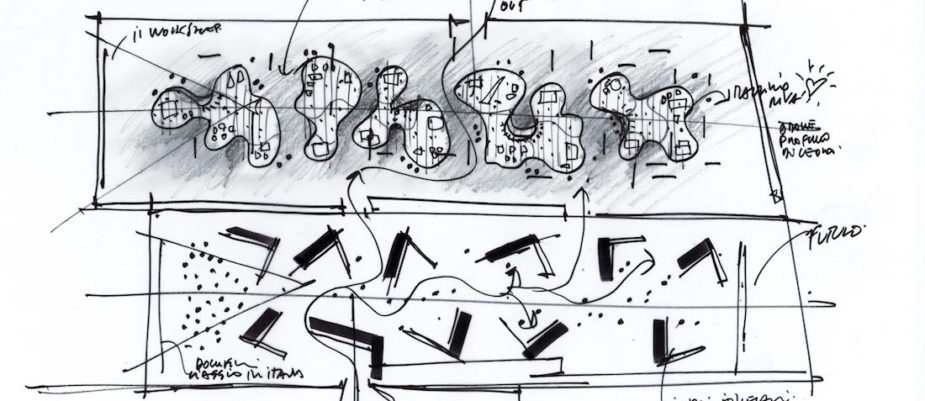
Mario Cucinella, curator of Padiglione Italia at 16th International Architecture Exhibition in Venice married the Yvonne Farrell and Shelley McNamara’s optimistic approach of FreeSpace.
He promoted a call looking high quality architectural projectsfar from the big cities.
“Arcipelago Italia” is an itinerary made by best practices and by five projects for the future not to forget the mistakes made in the past.
“Arcipelago Italia . Projects for the future of the country’s interior territories” is the title of the Italian Pavilion at the 16th International Architecture Exhibition of the Venice Biennale curated by Mario Cucinella, which focuses on the urban space that runs along the Italian ridge, from the Alpine Arch, along the Apennines, up to the Mediterranean.
An itinerary with a hundred stages, suggested by small, high quality architectural projects realized in recent years and the result of a call promoted by the curator, in dialogue with examples taken from history, with the relationship between architecture and landscape; a journey into the future, investigating the current situation and proposing a reflection on contemporary issues such as the urban periphery, the earthquake aftermath, brownfields, railways and mobility; five experimental projects in as many areas of Italy.
The 2018 Italy Pavilion will not only be an exhibition of works, projects and best practices: it is an opportunity for Italy, a reflection of international scope useful to the communities of these places and finally an applied research used to transform analysis into concrete proposals.
Mario Cucinella has collaborated in this challenge with an interdisciplinary collective of architects, universities, urban planners, experts in participatory planning, photographers, asking them to work on five strategic areas for the revitalization of Italy’s interior areas, through the development of experimental projects that can become a tool for discussion and also an aid to local communities and administrators.
The goal is to help define opportunities for the territories through architecture, providing examples of a possible methodological approach for a future vision of Italy.
The five strategic areas identified, which in the past weeks have been the subject of activities for engagement and specific interests, are: the Barbagia with the Ottana plain, in the central region of Sardinia that extends along the flanks of the Gennargentu massif; Valle del Belice with a focus on Gibellina, in western Sicily in the province of Trapani; Matera in its relationship with the Valle del Basento; the Crater and Camerino with the area of Central Italy hit by the 2016 earthquake; and the Tuscan-Emilian Apennines with particular attention to the Casentinesi Forest Park.

